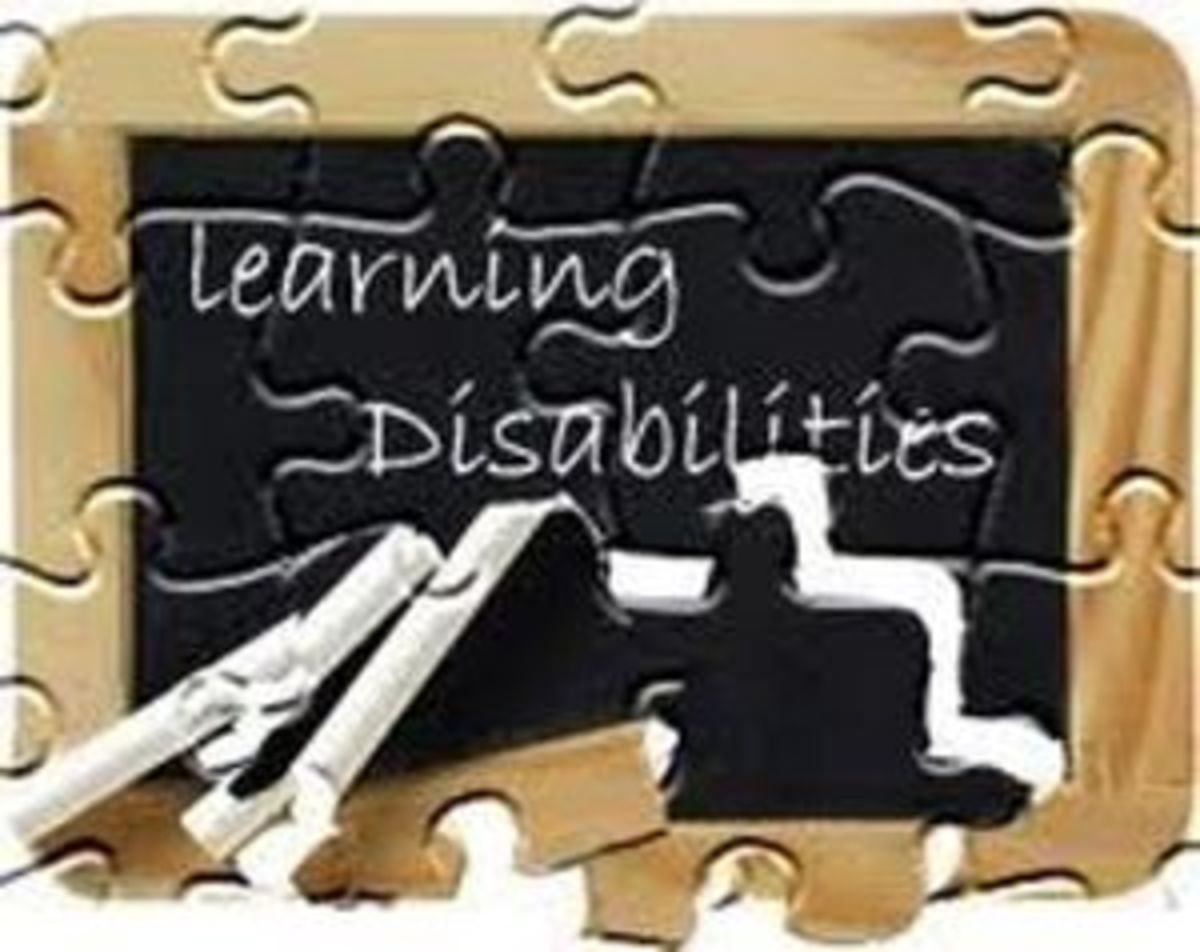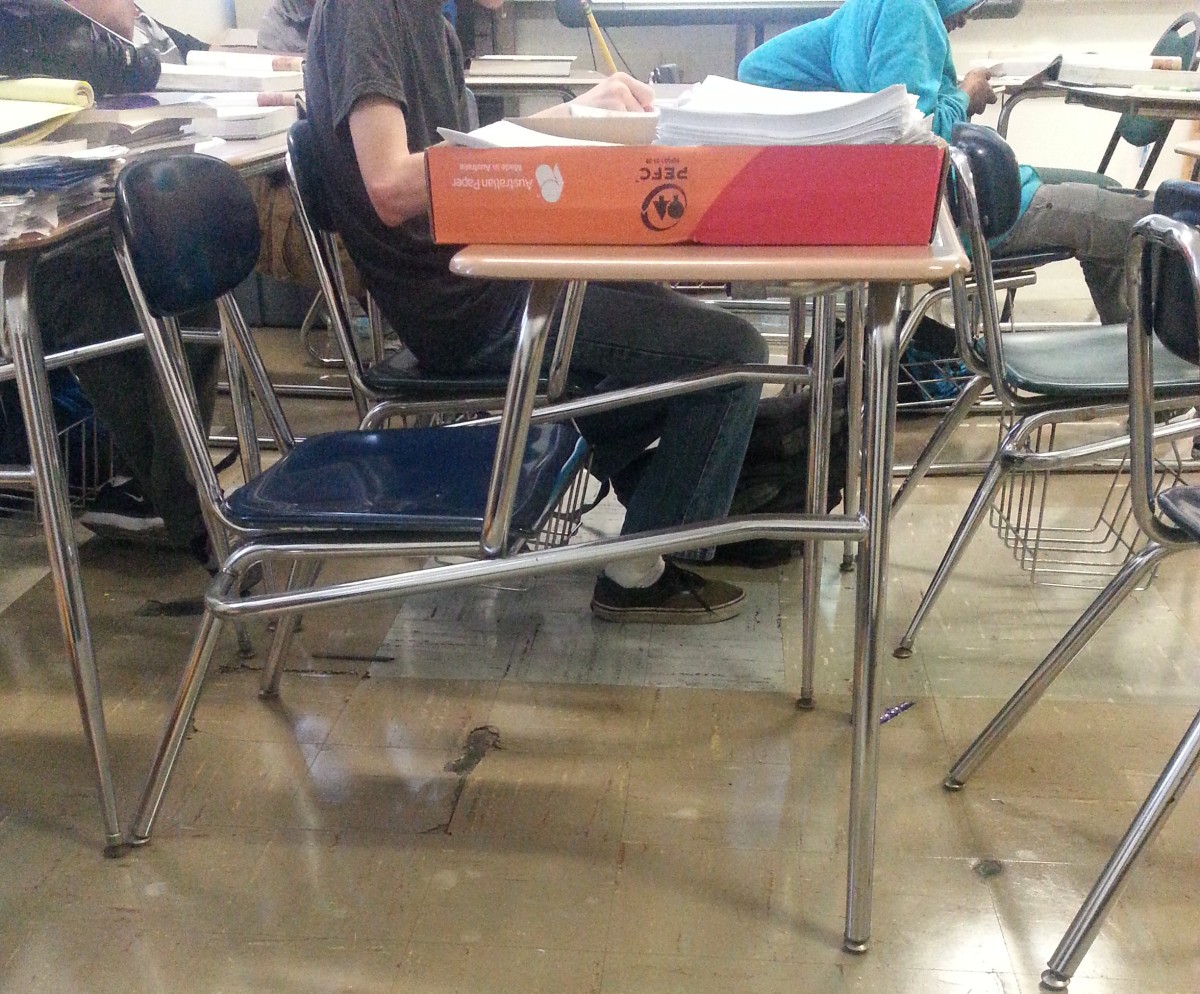How to Test for a Reading Disability

Reading disabilities fall under the broad umbrella of learning disabilities. While some people might worry that being diagnosed with a learning disability (or having their child be diagnosed with a learning disability) means that they or their child is not as intelligent as their peers, that is not true. Learning disabilities merely refer to a difficulty with a particular aspect (or aspects) of learning.
Reading disabilities can be classified into two different categories. As per the HelpGuide to Learning Disabilities, there are basic reading problems and reading comprehension problems. Basic reading problems are associated with difficulties “understanding the relationship between sounds, letters, and words.” Reading comprehension problems are associated with the meanings of words, phrases and paragraphs.
Some basic signs of reading disabilities are problems with reading speed, problems with word fluency/vocabulary, problems with understanding the meanings of words and ideas, and problems with letter and word recognition.
What is Dyslexia?
Dyslexia
Dyslexia is one of the most common reading disabilities. According to PBS Parents, approximately 17% of the population has dyslexia. Dyslexia can affect not only reading skills, but it can also cause difficulties with writing, spelling, and even speaking. Girls and boys are fairly equally affected by it, but for a long time, it was thought that boys had it more often because boys were more vocal about their problems with reading while girls tended to become more quiet if they struggled with their reading. Dyslexia is not just a problem for children; they cannot “outgrow” it. However, there is help that can help children and adults learn how to read and write more easily and deal with the issues they have as a result of it.
Diagnosing a Reading Disability
Unfortunately, it isn’t always easy to diagnosis a reading disability. It often takes more than a single test, and may include observation and history taking to document the problems encountered by the child. It may take time, and it will definitely take a lot of effort. Don’t get frustrated if things seem to move slowly; diagnosing cannot be done overnight.
In School
Depending on your school or school district, you may be contacted if a teacher or other specialist suspects there is a disability. Otherwise, it is up to you, the parent, to request testing. It must be done in writing, and the school has a limited amount of time to respond, either declining the testing (and providing a reason why) or giving you a date by which the testing will be completed. In most cases, the school has its own specialists that will conduct the testing, although some schools will also call in outside specialists if they have a problem determining if there is a disability or not.
Out of School
If you want to have your child test for a reading disability without using the school, because you disagree with the school, or because you homeschool, you will need to find your own provider for the tests. Ask your insurance company, your pediatrician, and family or friends who have already dealt with the problem. Oftentimes you may wind up with a team of professional who will work together to make the diagnosis. They may include speech, language, and occupational therapists, neuropsychologists, clinical psychologists, child psychologists, clinical psychological, educational psychologists, and developmental psychologists. Once you’ve gotten a diagnosis, you can determine what interventions and treatments will best help your child overcome his disability.

What Tests Are Performed to Find a Reading Disability?
Education News published a list of tests that you can expect to come into contact with if you or your child is being tested for a reading disability. Not all of them may be used, depending on the disability, but it’s not a bad idea to be aware of them and have an understanding of what they’re testing for. There are also more specialized tests or simple observation that may be done as part of the testing and diagnosing.
Test Name
| Description
|
|---|---|
Comprehensive Test of Phonological Processing (CTOPP)
| This test looks at phonological awareness and rapid naming.
|
Gray Oral Reading Tests: Third Edition (GORT-3)
| This test provides information about the student’s oral reading skill, including speed, accuracy, and comprehension.
|
Test of Written Spelling – 4 (TWS-4).
| This test of spelling is based on 10 basal spelling programs and popular graded words.
|
Test of Word Reading Efficiency (TOWRE)
| This test measures word reading accuracy and fluency.
|
Wordcock-Johnson III Tests of Achievement (WJ-III)
| This is actually a series of tests that look at reading, oral language, math, and written language. Not all parts are appropriate for reading disabilities, and so not all parts will be given, unless there is reason to suspect that there may be other learning disabilities present.
|
Test of Non-Verbal Intelligence (TONI)
| This test is a puzzle solving-test in which the student creates a geometric design to fit within a given sequence.
|
Peabody Picture Vocabulary Test (PPVT)
| This test helps to determine is students can match words with pictures, testing comprehension.
|
Clinical Evaluation of Language Fundamentals (CELF)
| This test is actually a group of tests that helps to document difficulties in receptive and expressive language.
|
Rosner Test of Auditory Analysis
| This test requires the student to use their working memory to “hold the original word, segmenting to cut off a sound, and [then] blending to build the resulting new word.” For example, in this test, the student may have to change c/at to h/at.
|
Rapid Automatic Naming (RAN)
| This test measures the time it takes the student to “read” numbers, letters or colored dots; there are no words involved in the “reading.”
|
Word Attack
| This test is meant to determine how the student deals with unknown words. It uses “nonsense words” to see how the students are able to read or pronounce the words with their existing skills.
|
Scholastic Reading Inventory (SRI)
| This is a newer test that measures student comprehension and text difficulty.
|
Nelson-Denny Reading Test
| This test is used for high school and college students. It measures reading comprehension, vocabulary, and reading rate.
|
Talking Test with Smartpen for Student with a Reading Disability
School Support
Do schools provide enough support for children with reading disabilties?
How much do you know about reading disabilties?
view quiz statisticsCan Adults Have Undiagnosed Reading Disabilities?
Of course! If you think that you or someone you love has a reading disability, it’s never too late to find out and start getting help. Being out of school doesn’t mean that the problem isn’t still affecting your life. Adults with reading disabilities may struggle with work or home life. They may not like reading because it’s difficult, or they may have problems reading and writing reports for work, which will hold them back from their true potential. While the tests may be different for adults, they are still available, and adults can contact specialists, such as clinical psychologists and educational psychologists, who should be able to provide them with the testing they require. Insurance may or may not cover it; it may depend on whether or not the person is certified and/or falls under the right umbrella of specialists. Talk to your general practitioner or insurance company to find out if you can get a recommendation or have the tests covered.
Further Resources
- National Center for Learning Disabilities | NCLD.org - NCLD
The National Center for Learning Disabilities – the leading online resource for parents and educators on learning disabilities and related disorders. - American Dyslexia Association | We can help! | Dyslexia
- Evaluation of Children with Reading Difficulties - December 15, 2006 - American Family Physician
At least one in five children has significant difficulty learning to read. Evidence clearly demonstrates that most school-age children with reading difficulties fail to catch up with their peers.









